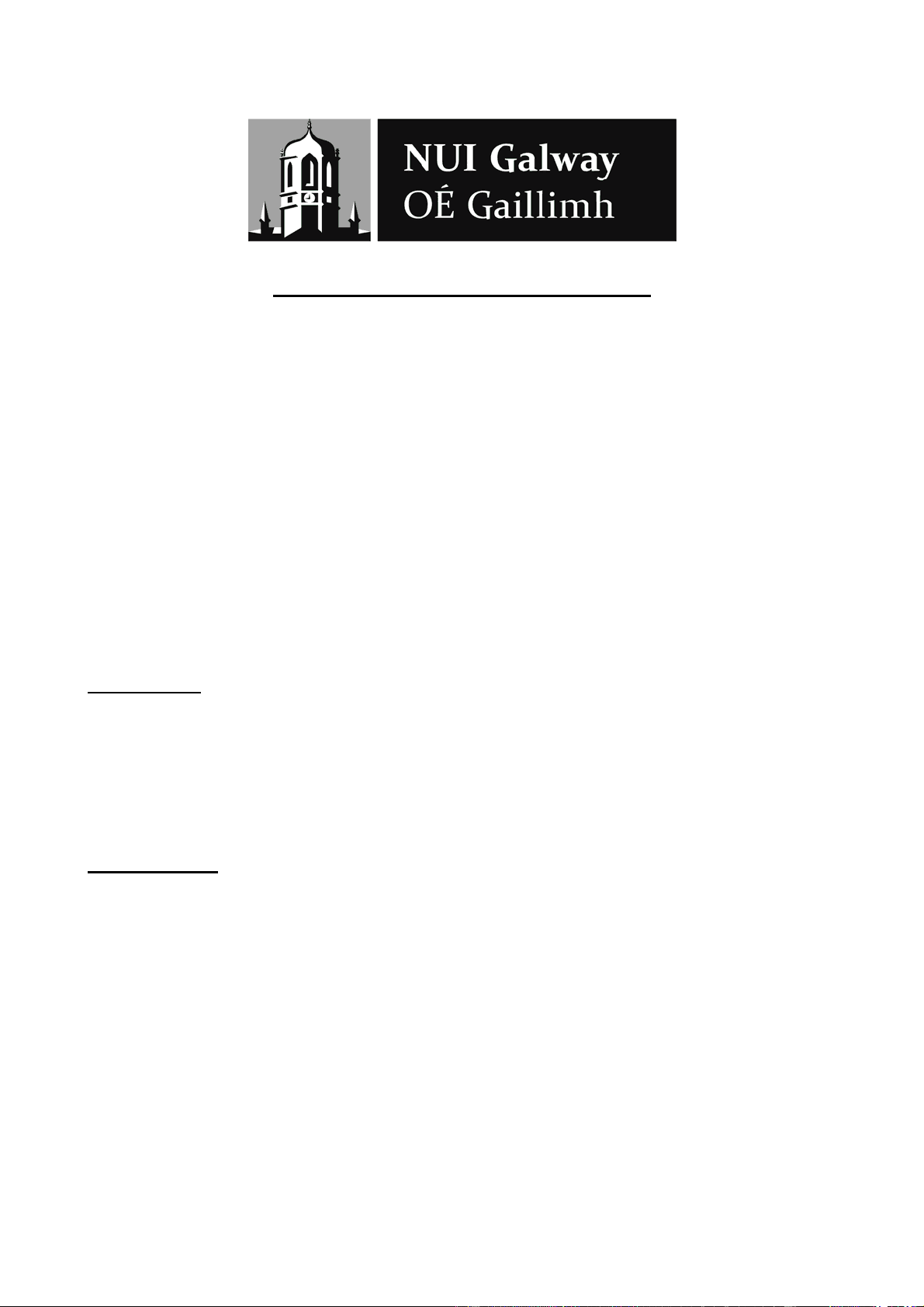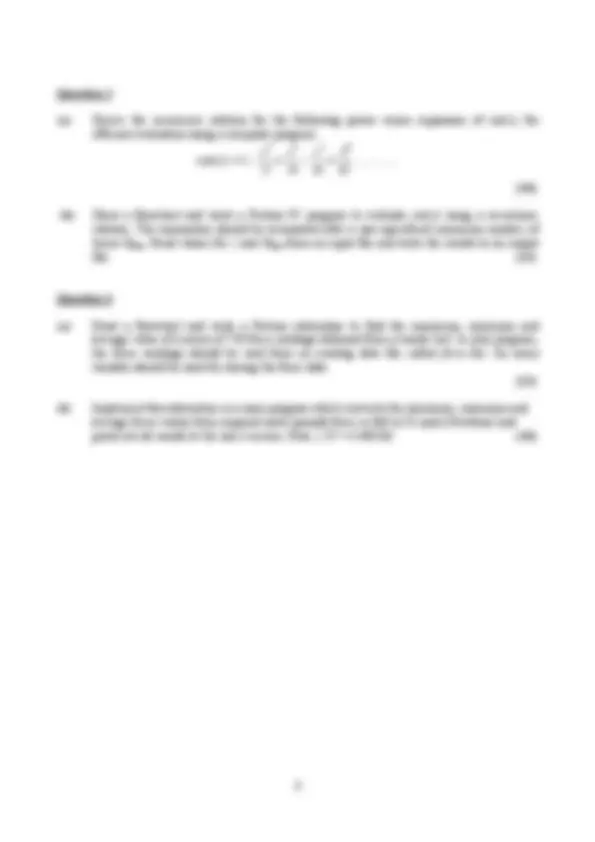



Study with the several resources on Docsity

Earn points by helping other students or get them with a premium plan


Prepare for your exams
Study with the several resources on Docsity

Earn points to download
Earn points by helping other students or get them with a premium plan
Community
Ask the community for help and clear up your study doubts
Discover the best universities in your country according to Docsity users
Free resources
Download our free guides on studying techniques, anxiety management strategies, and thesis advice from Docsity tutors
Main points of this past exam paper are: Construct, Fortran, Flowchart, Nature, Roots, Distinct Real, Distinct Complex, Identical Real, Fortran Program, Flowchart
Typology: Exams
1 / 3

This page cannot be seen from the preview
Don't miss anything!


Exam Code(s) 1BM, 1BG, 1BSE, 1EG Exam(s) 1 st^ Mechanical Engineering 1 st^ Biomedical Engineering 1 st^ Energy Systems Engineering 1 st^ Undenominated Engineering
Module Code(s) ME Module(s) Introduction to Engineering Computing
Paper No. 1 Repeat Paper
External Examiner(s) Professor Robin Clarke Internal Examiner(s) Professor Sean Leen Professor Peter McHugh
Instructions: (^) Answer 3 questions All questions carry equal marks
No. of Pages 3 (including cover) Department(s) Mechanical & Biomedical Engineering Course Co-ordinator(s) Professor Sean Leen
Requirements: MCQ n/a Handout n/a Statistical/ Log Tables n/a Cambridge Tables n/a Graph Paper n/a Log Graph Paper n/a Other Materials n/a
Release to Library: Yes
Question 1
1. (a) Describe the use of the If…else if… else…then construct in Fortran, including a flowchart illustration, with application to the specific example of identifying the nature of the roots of a quadratic equation, i.e. distinct real, distinct complex or identical real. [10]
(b) Draw a flowchart and write a Fortran program to evaluate the following function f ( x,y ) for user-specified values of x and y :
x + y if x ≥ 0 and y ≥ 0 f(x,y) = x + y 2 if x ≥ 0 and y < 0 x 2 + y if x < 0 and y ≥ 0 x^2 y^2 if^ x <^ 0 and^ y <^^0
The program should (i) read in the user specified values of x and y and (ii) output the resulting value of f ( x,y ) to a file called calc.dat. [23]
Question 2
(a) Discuss the use of iterative DO loops in Fortran 95, including a description of nested DO loops and exiting from DO loops if a particular condition is satisfied. Use examples of Fortran code to illustrate your answer. [10]
(b) (i) Draw a flowchart and write a Fortran program to calculate the trajectory of a rocket using the following formula: height 50 8 t^2 0. 5 t^4 where t is time in seconds and height is in feet. The program should stop if the time exceeds 5 seconds or when the rocket impacts with the ground. Use a time increment of 0.05 seconds for height < 50 feet, and 0.1 seconds for height ≥ 50 feet. The program should output the maximum height achieved and the associated time to the screen. The height-time response should be written out to a data file. [18]
(ii) Determine, analytically, the maximum height achieved by the rocket and the associated time and explain how this can be used to validate the program written in (i). [5]